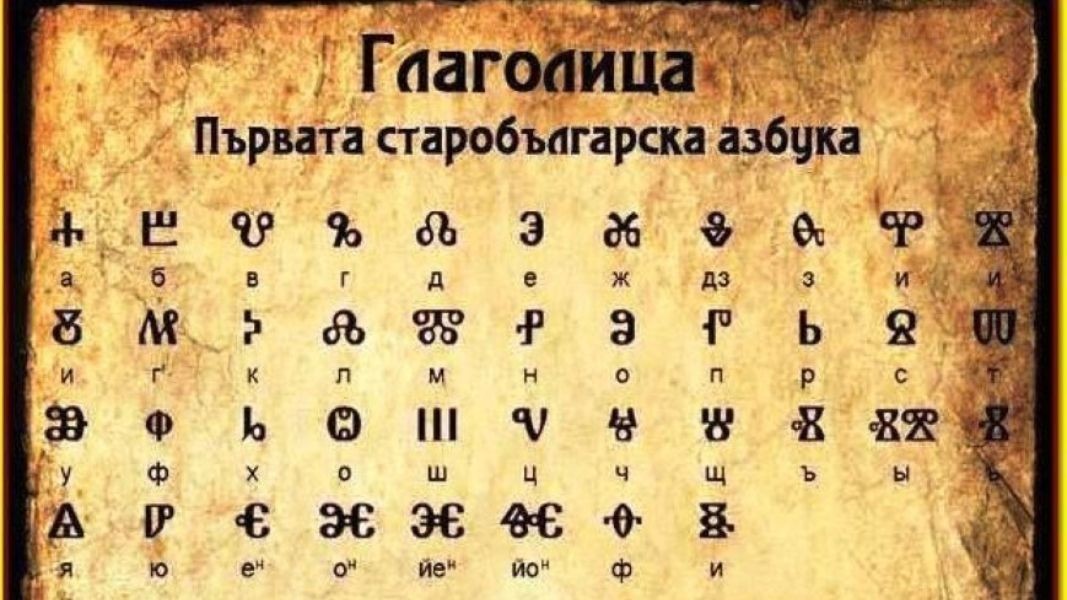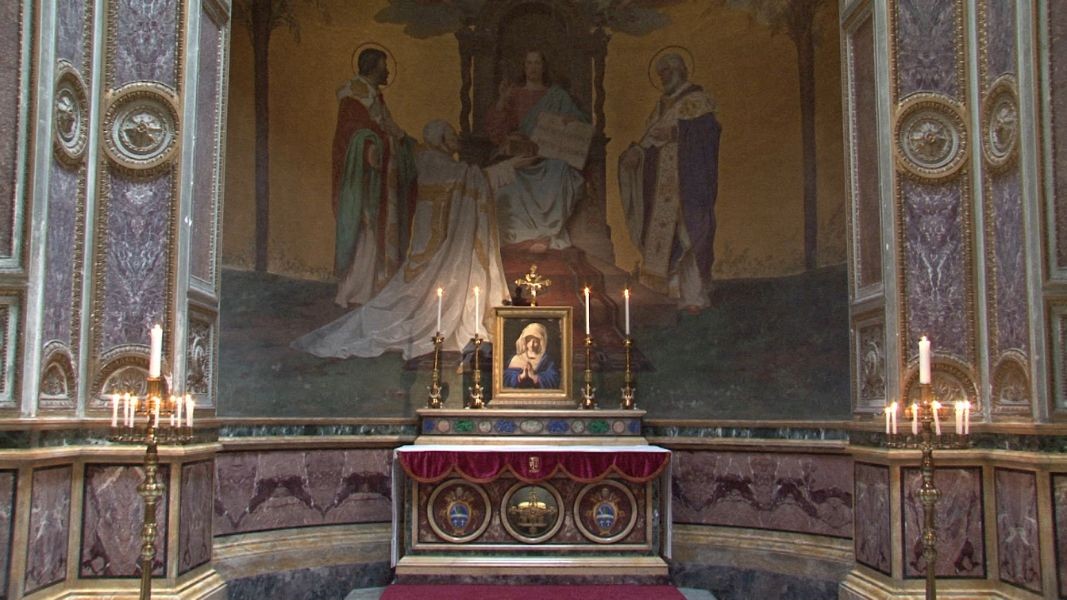On May 11, the Bulgarian Orthodox Church honours the memory of the Holy Equal-to-the Apostles and Co-Patrons of Europe Sts. Cyril and Methodius, creators of the original Bulgarian alphabet - the Glagolitic alphabet known in Bulgarian as Glagolitsa.

The first written notices of the tribute to the Thessalonian brothers Cyril and Methodius on May 11 in Bulgarian National Revival period literature are found in Neofit Rilski's 1852 "Christomatija slavyanskogo yazaka" (Collectanea of the Slavic language).

Photos: BGNES, Alexandra Delova
105 years ago, on November 27, 1919, a treaty was signed in the Parisian suburb of Neuilly-sur-Seine, officially ending Bulgaria's participation in World War I (1914-1918). Historians define the document as "another national..
On November 25, the Bulgarian Orthodox Church honours the memory of St. Clement of Ohrid – a distinguished archbishop, teacher and scholar. He was among the most prominent disciples of the brothers Cyril and Methodius, the Holy Seven Apostles – the..
On November 24, the Bulgarian Orthodox Church honors St. Catherine (Sveta Ekaterina in Bulgarian) , who was one of the most educated women of her time. She lived in the late 3rd and early 4th centuries and came from a noble family in Alexandria...
105 years ago, on November 27, 1919, a treaty was signed in the Parisian suburb of Neuilly-sur-Seine, officially ending Bulgaria's..

+359 2 9336 661
